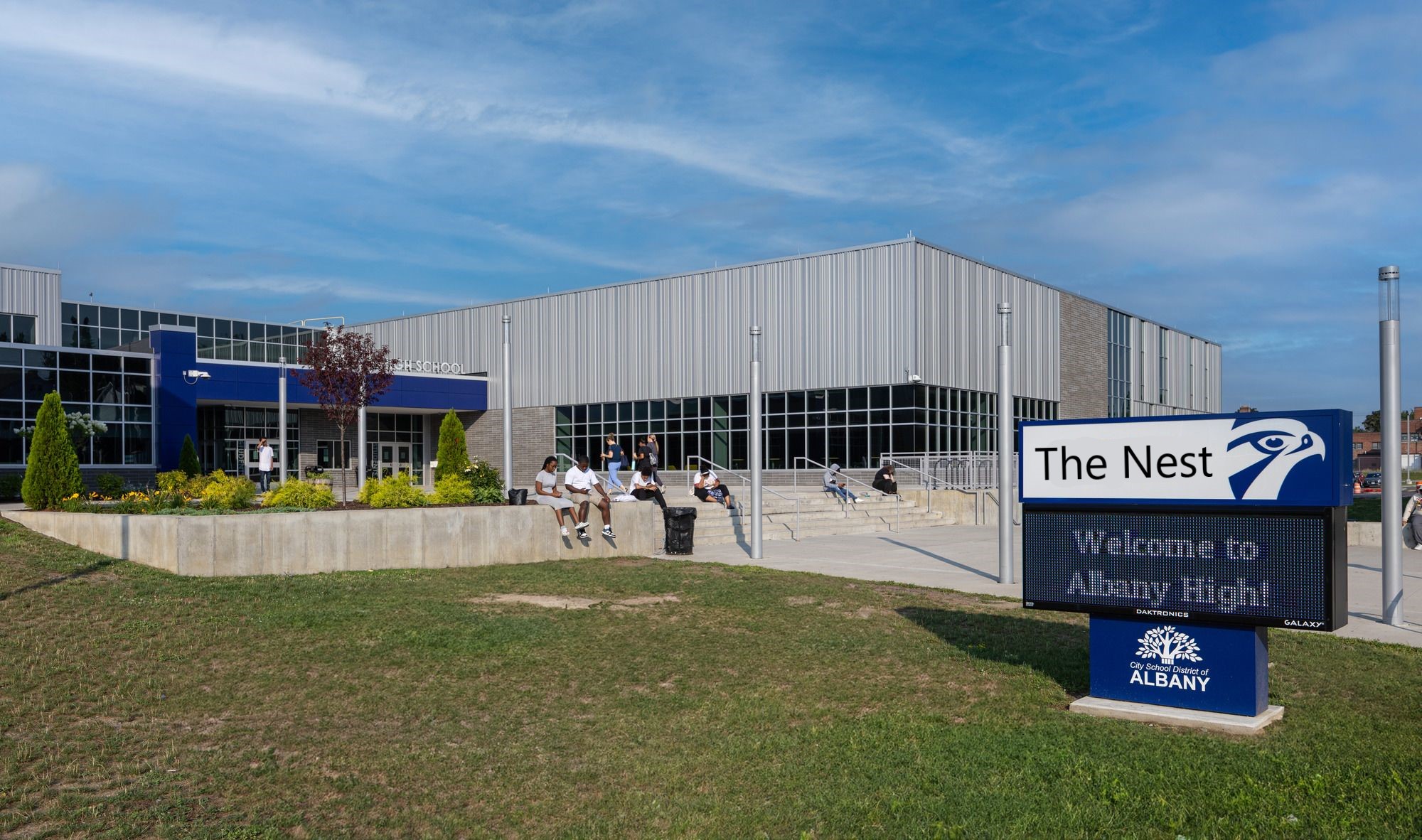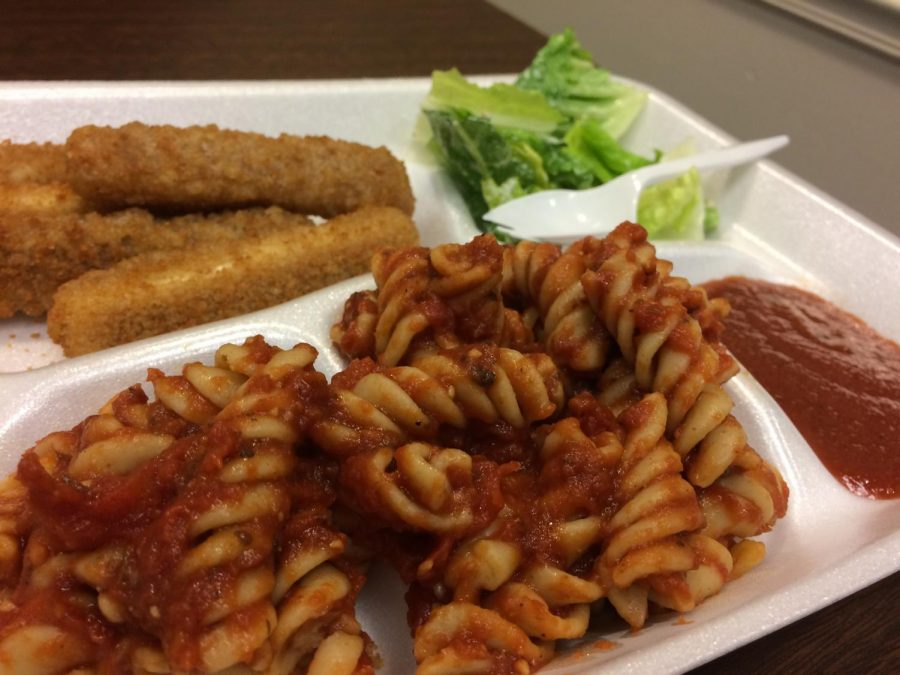Concerning the “Closed Campus” and AHS Cuisine
Following a recent article on student skipping at “Subchunkin”, the Albany High School administration asked us to poll students on their feelings concerning the school lunch and “closed campus” policy (the latter being a rule that students may not leave the grounds whatsoever without an excuse, even during lunch periods). With the help of school faculty, we then embarked on the most extensive student survey ever taken at this high school (as far as we can tell), with 358 total responses, which together painted an intriguing picture. However, the results were far from scientific.
Firstly, I heard tell of multiple students repeating the online survey, and eventually was forced to integrate an ID-checking feature in the form. Secondly, the survey got shared on several decidedly pro-open campus social media accounts, and could only have been taken by those who wanted to do so, two factors that would skew results. The following data may therefore be slightly inaccurate, but with such a large representative sample, they can be assumed to reflect the feelings of the student body well enough to matter.
Nearly unanimously, the school voted against the “closed campus” policy, with exactly 98% saying they opposed it. Out of all of those people, only 38% agreed that an open campus should be limited to upperclassmen, even though four-fifths of respondents were in eleventh or twelfth grade. With only seven holdouts, it may be concluded that kids at AHS overwhelmingly want to be able to go other places for lunch.
The survey then delved into the school lunches, first asking students to rate it on a scale from one to ten. 90% answered five or below, with both a mean and median score of a three, and a standard deviation of about two. Despite this, 54% eat school food, with 20% masticating here on a daily basis.
The most shocking statistics could be found when we asked the students who don’t eat school lunch how they got their food instead: precisely one-half obtain it from outside school during school hours, which means that according to our facts, up to 54% of students skip, something that implies that the closed campus policy is not doing much anyway. Disturbingly, 26% of surveyed children do not eat at school at all, something which ought to be looked into, and on a more interesting note, about 29% bring lunch to school.
When asked if improved school lunches would discourage students from skipping, 11% would have stayed on the campus anyway (a statistic that’s eye-raisingly low and implies an even broader scope of skipping than previously thought), 13% would never skip again, and 52% would be less likely to leave campus for food. This large quantity of students -a combined 65%- could significantly lower truant rates if only school meals were improved.
The last part of the survey included an open-ended comment section aimed at the school lunch. Sorting through the obscenities, financially irrational ideas, and specific food requests, the overall picture painted was telling. Many complained on the type of dough used in both the pizza and rolls. Some wanted healthier choices and more “kosher”, “organic”, and “cultural” choices. Some lamented the efficiency, sanitation and organization of food distribution. Several asked for coffee or an independent store inside the school. Many, many responses asked for larger portions, improved culinary quality, and more choices.
To quote one student, “spend a little more for better quality of food or just let that campus […] be open”. In the blunter words of another, “if you won’t stop serving us this gross food then allow us to leave campus so we can get a decent meal in us”.
To be fair to the cafeteria staff, it is logistically difficult to feed thousands of students each day. Small portions are needed so everyone does get portions, and catering for a crowd makes it harder to create specialized, tasty dishes. It needs to be an assembly line, and despite a few lapses, it’s actually admirable how much they get done.
The fact remains that the pupil populace is dissatisfied and frequently truant. To rectify this problem, the school should either improve the lunches or open the campus. Something must change if we are to improve as a place of learning.


